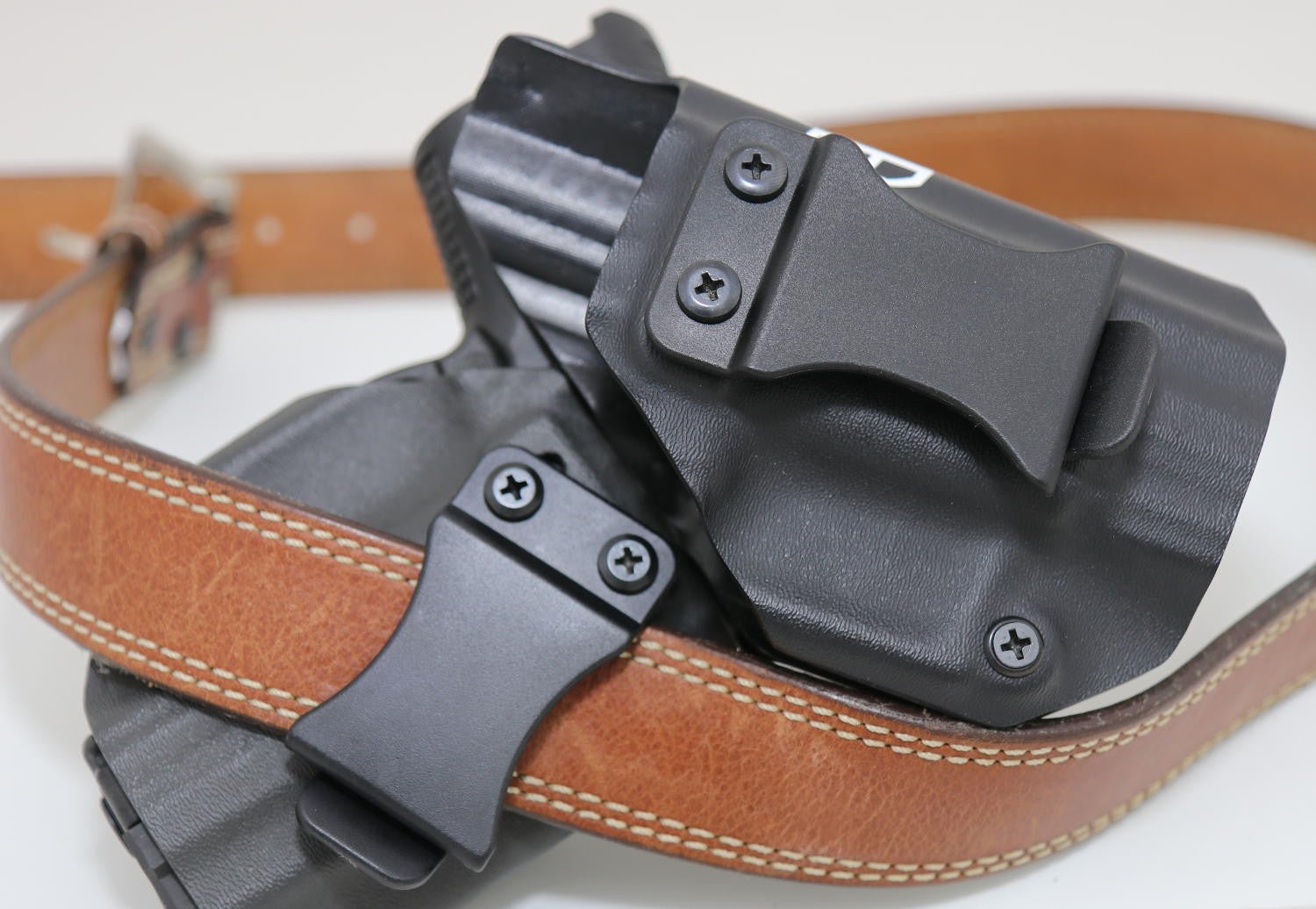We all love range days – it can be a stress reliever, a reward for a tough week, or even a social gathering amongst like-minded individuals. Even in the midst of fun, there are a lot of serious undertones about the whole event. Obviously, gun safety is at the top of the list. But many of you have taken CCW classes or even tactical defense courses. It is critically important that any time we are given the opportunity that we practice those tactics.
Practicing shooting from various drawing positions is a vital practice to run through. Some ranges don’t allow their customers to draw from the holster, but it is something you can practice at home with a roped off gun. An often-cited statistic is that 50% of gunfights occur at 5 feet or less. A draw therefore becomes one of the most important aspects of the fight.
When shooting from the holster (or at our recommendation, draw straight up and tuck into pectoral muscle, right near the arm pit), make dang sure your off-hand is slapped against your chest. One bad recoil and a second shot could qualify you for a new hand. Plus, your hands are already closer together, bringing you one step closer to a chest ready shot. Then a fully extended, isosceles position comes on the third shot.
If you are unfamiliar with this drill, you should absolutely practice with an unloaded, roped gun BEFORE attempting it at the range. Even then, a slow delivery on every step will be imperative.
That quick, holster-to-arm-pit draw and fire is an easy one to practice with our holsters here at Fierce Defender. We offer a variety of positions with our styles, including appendix (check our IWB) and frog carry (hybrid), and can offer an variant outside the waistband hip holster for those who plan on wearing some extra padding when carrying. In fact, it is the easiest portion for us to practice as we test the tension of every holster that leaves our warehouse. You don’t want to be yanking your gun out of the holster, distracting you from good form, nor do we want it too loose, where it behaves more like a box with a deadly prize inside. No, we want to make sure our holsters hold your weapon securely and release it upon command.
Take at least 15 minutes each shooting session that you can to practice good form in drawing and firing, controlled breathing, reholstering, and checking your surroundings. Perform these tasks at a slow pace – no one will judge you for being too careful. Trust us, when the time comes and you must draw for your life, you will be moving plenty fast. And you will be glad that you practiced the one tactic that every gunfight calls for.



Share:
FD EDC Series - Part 2